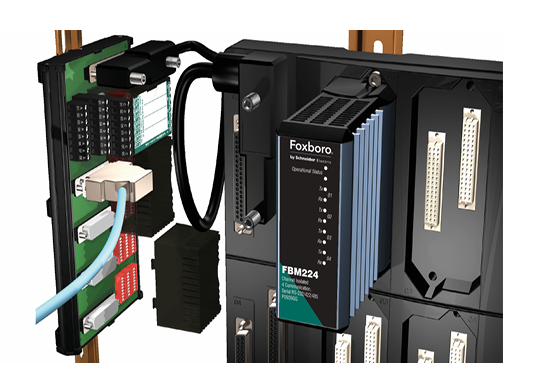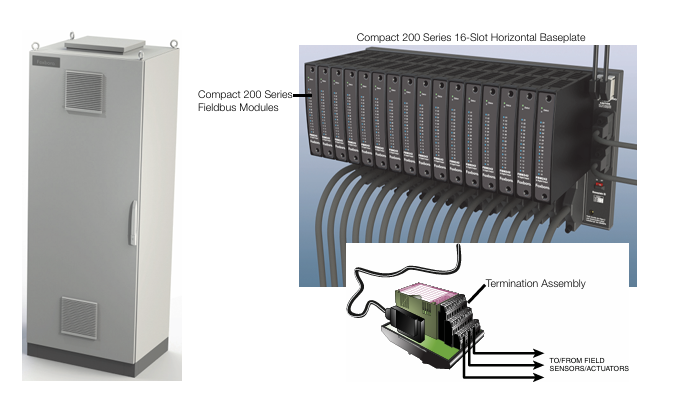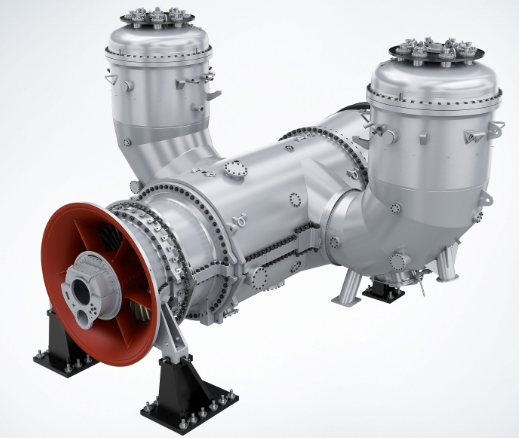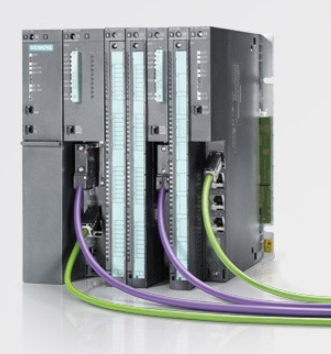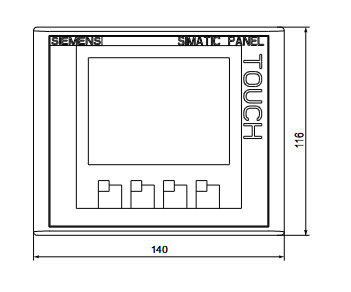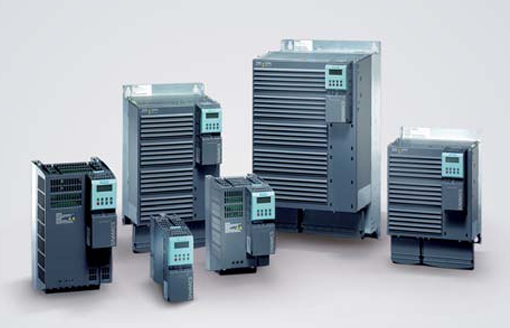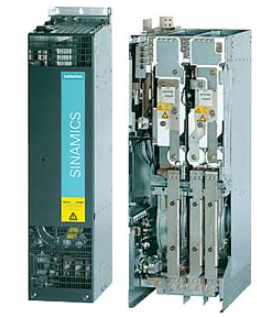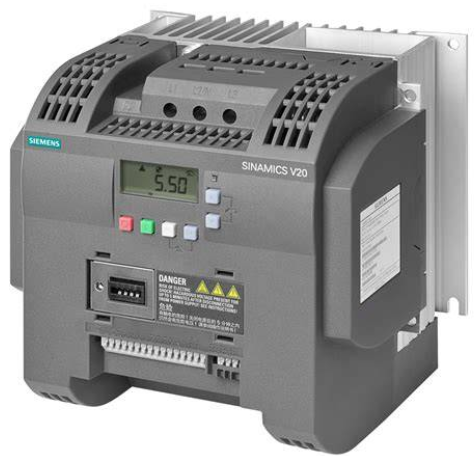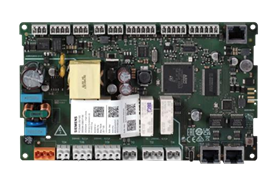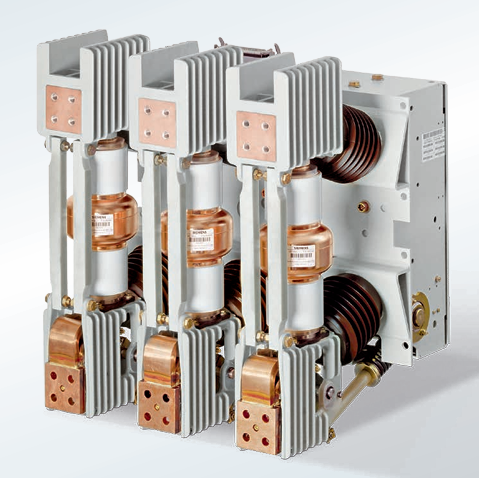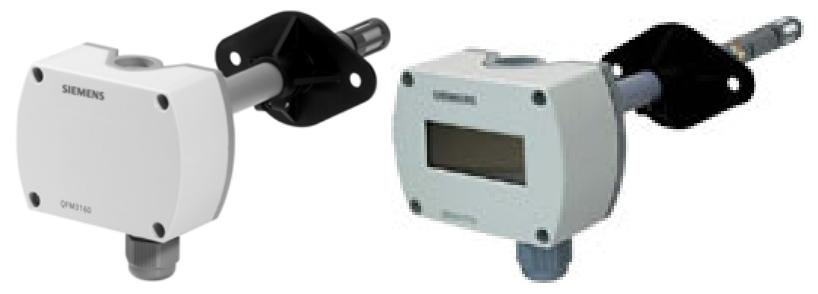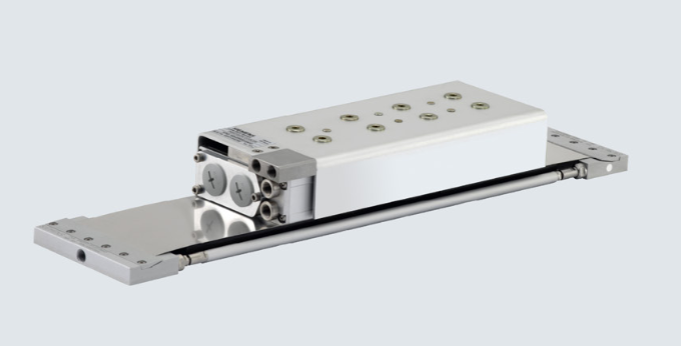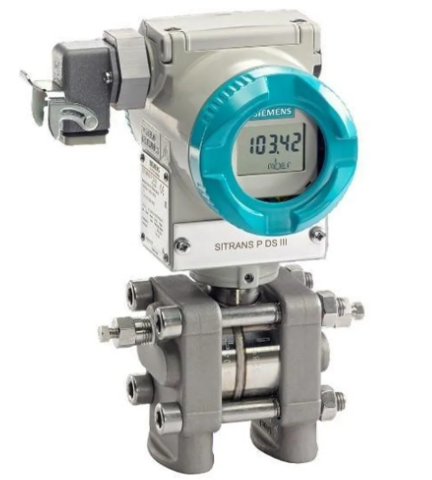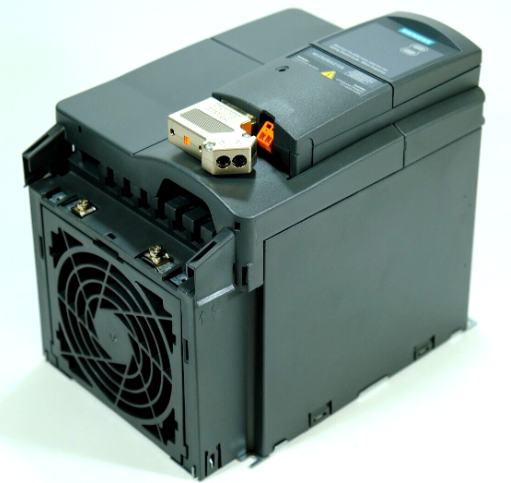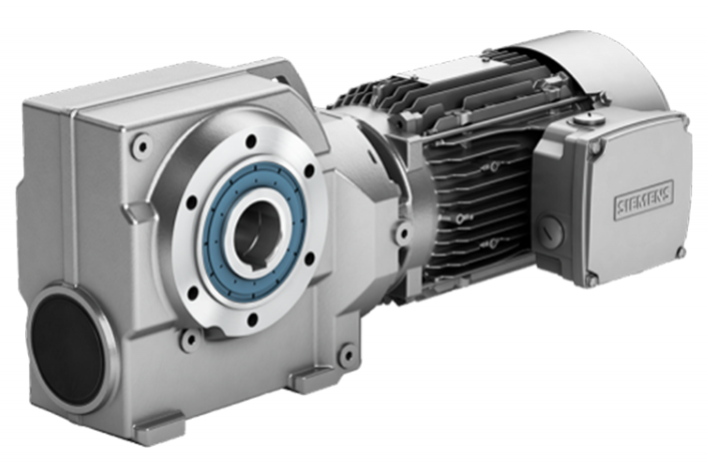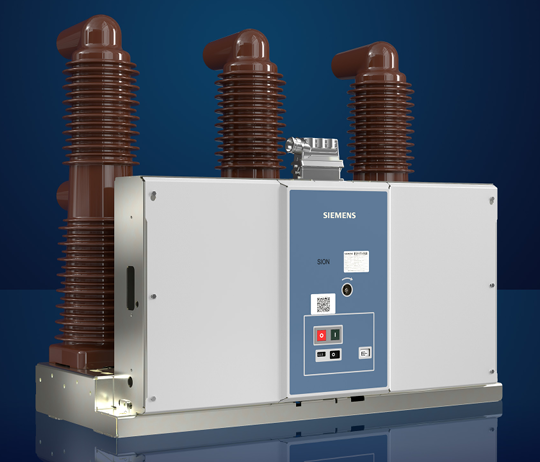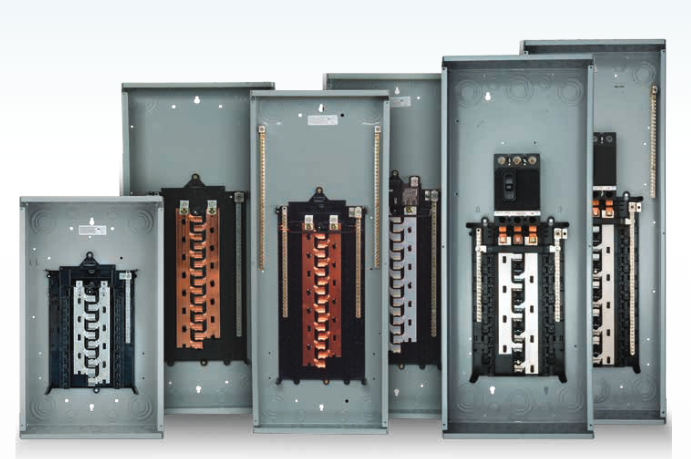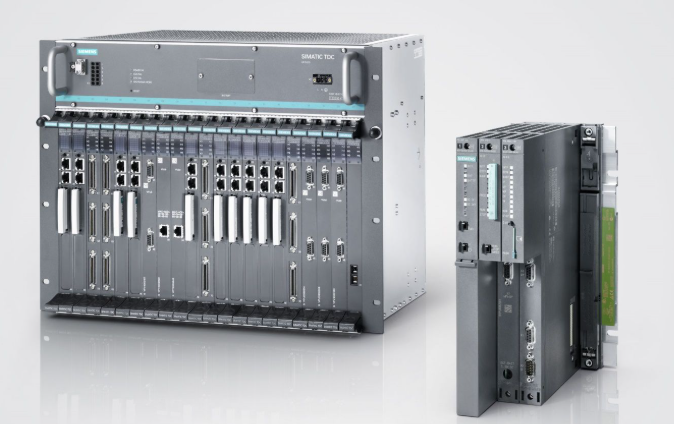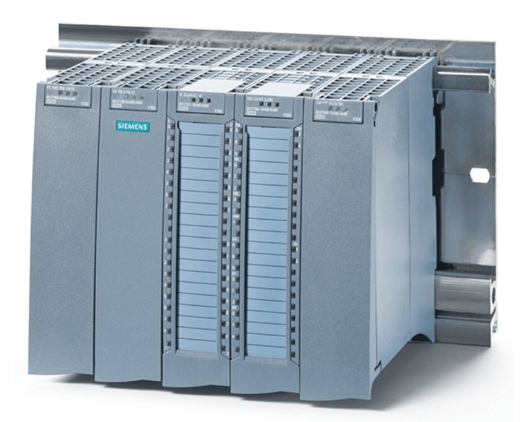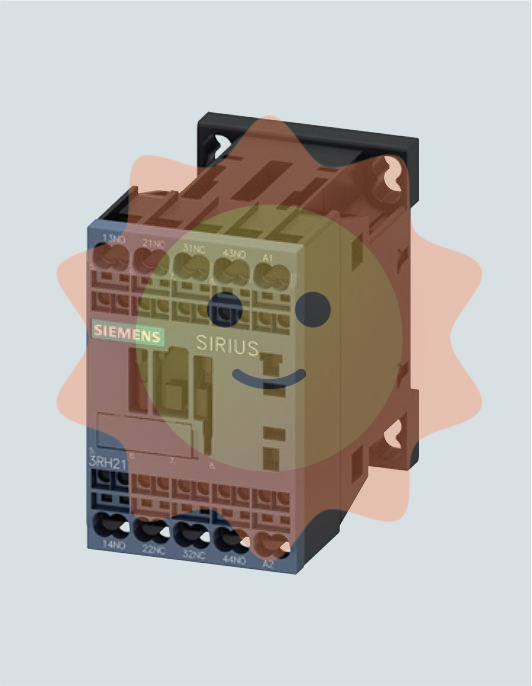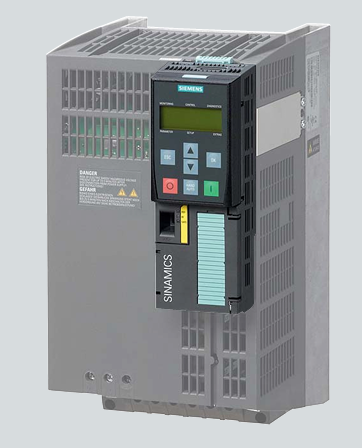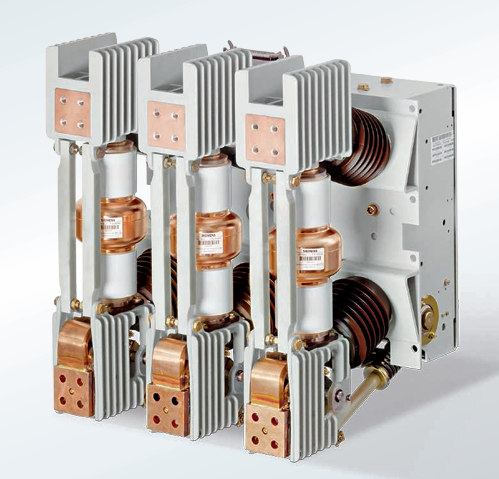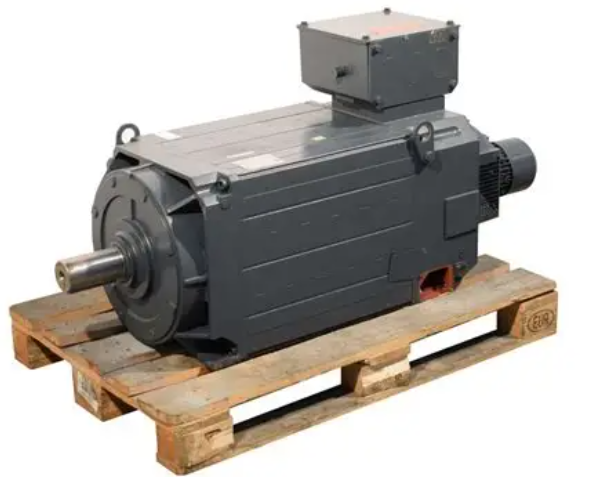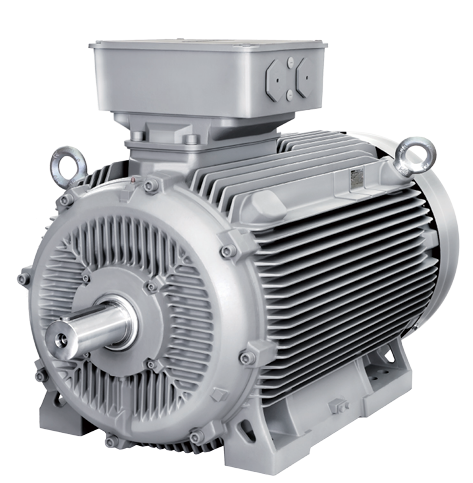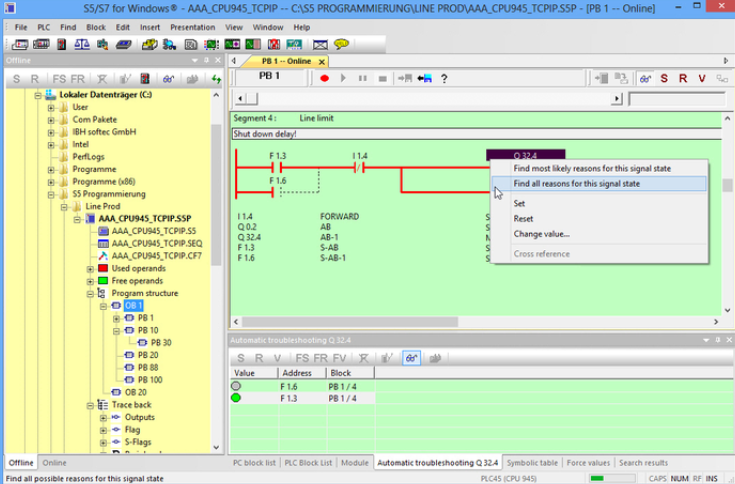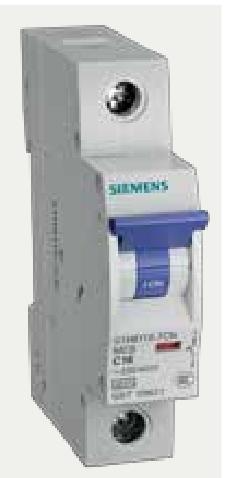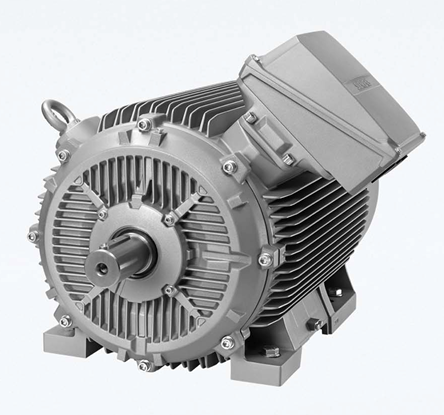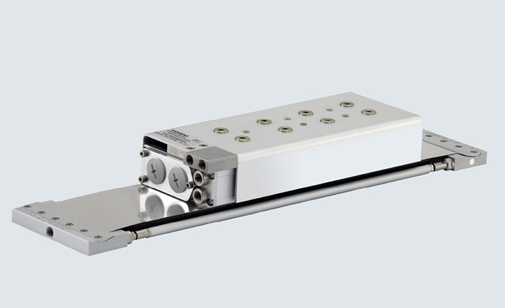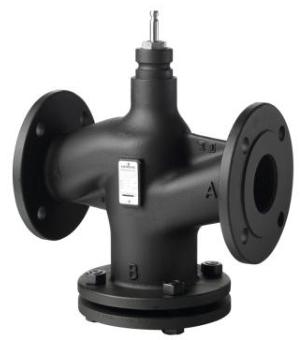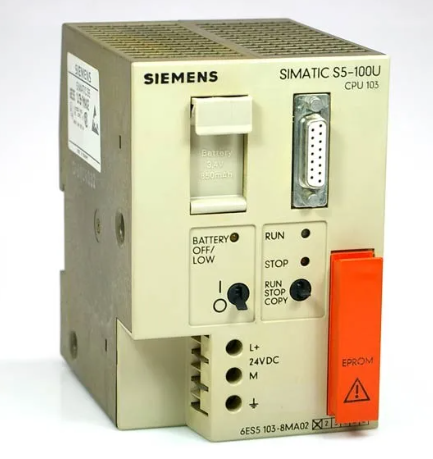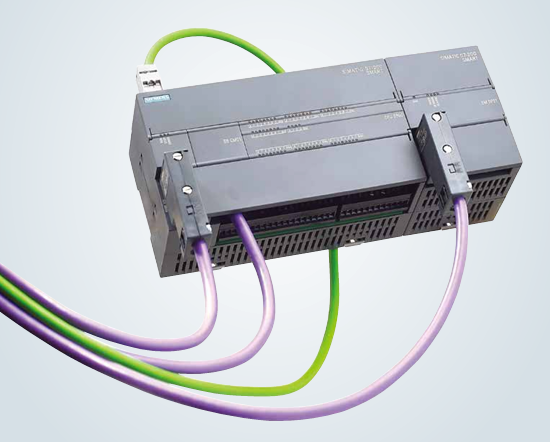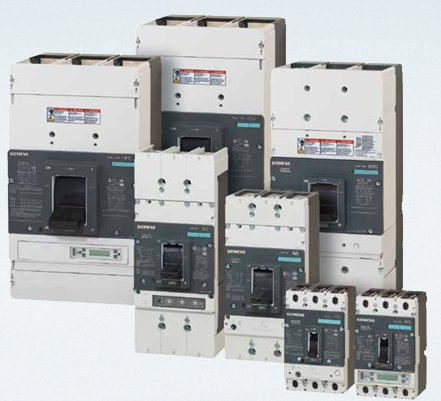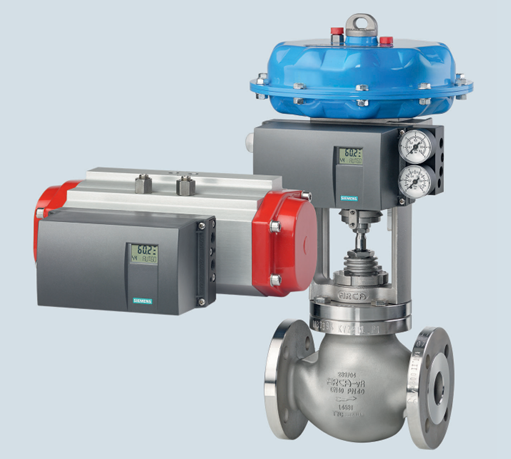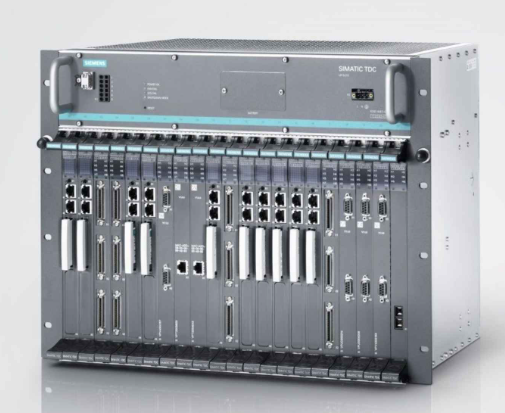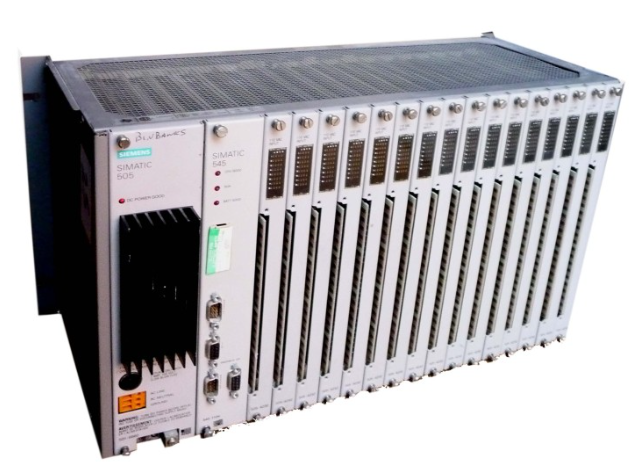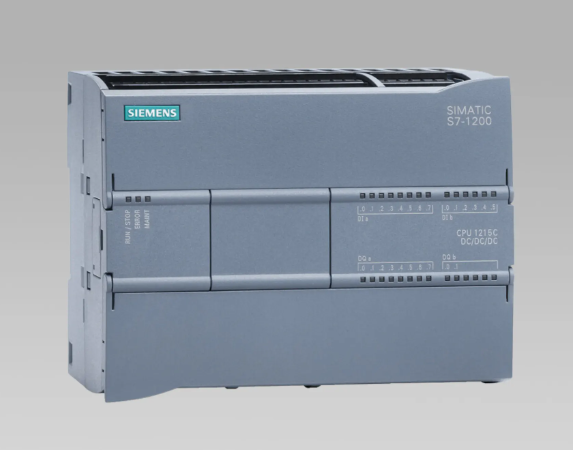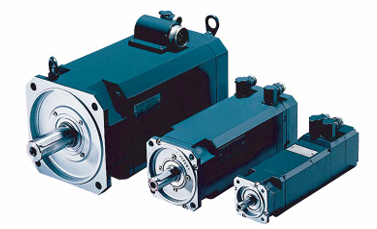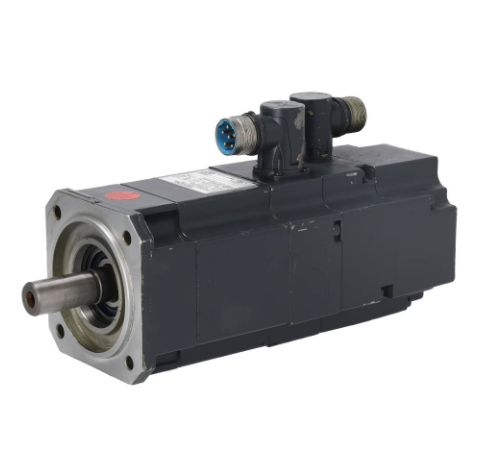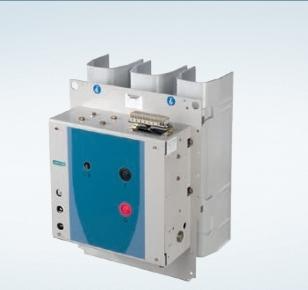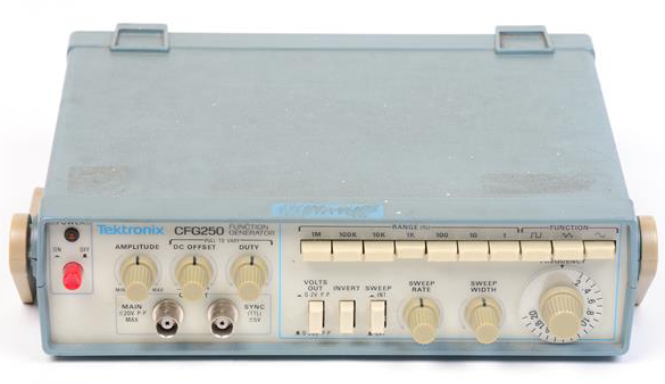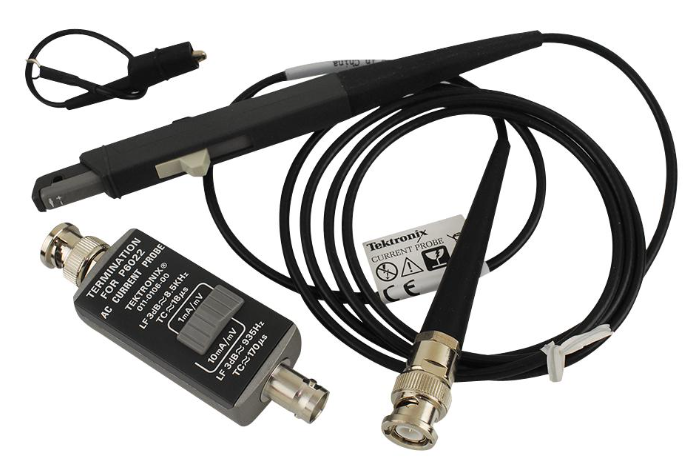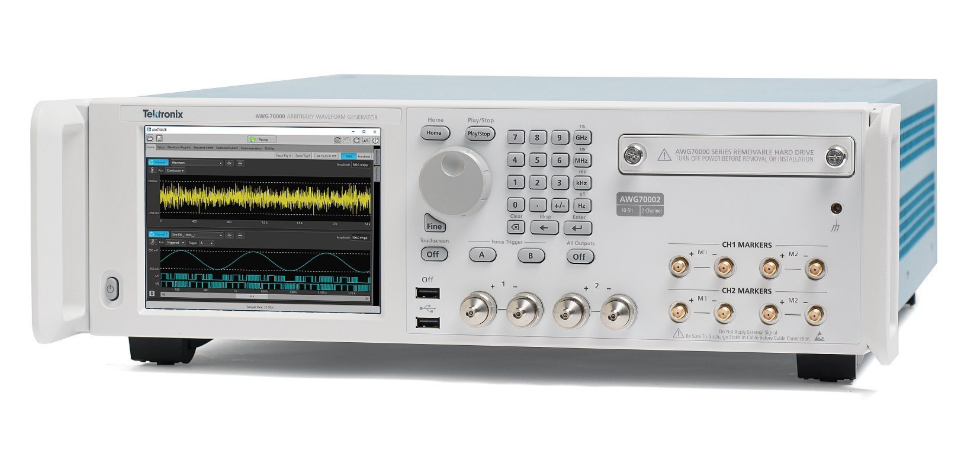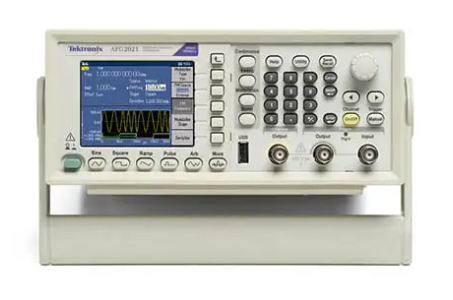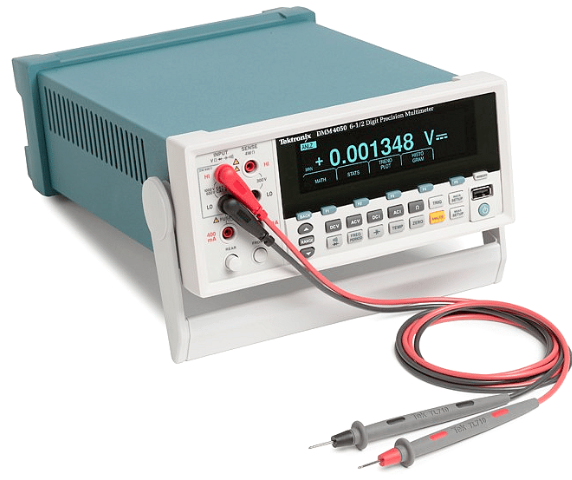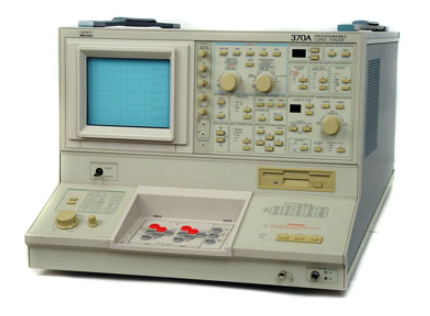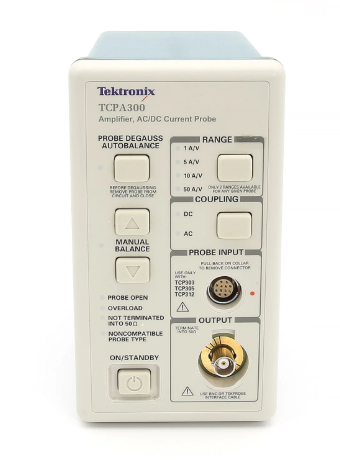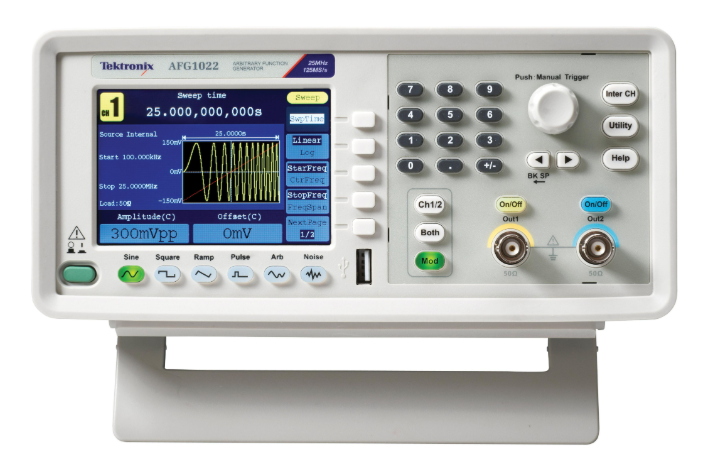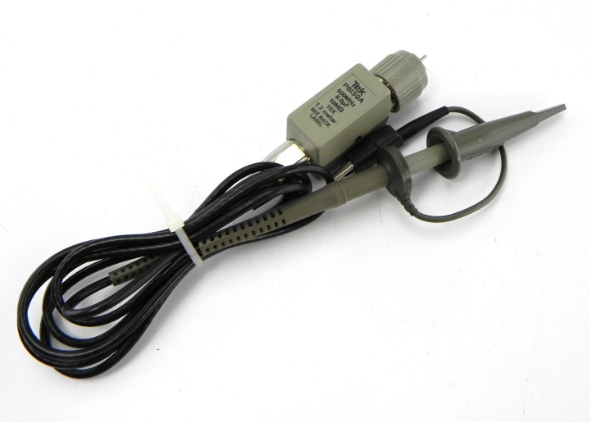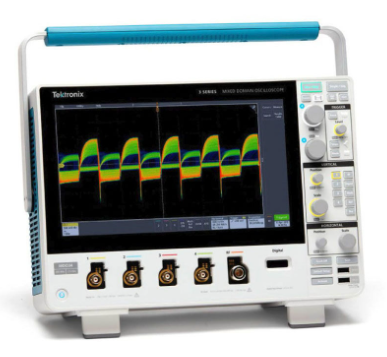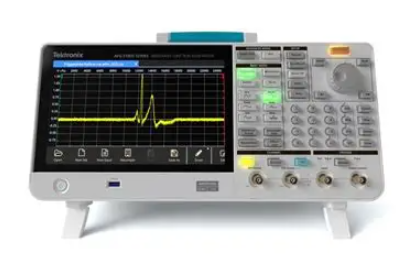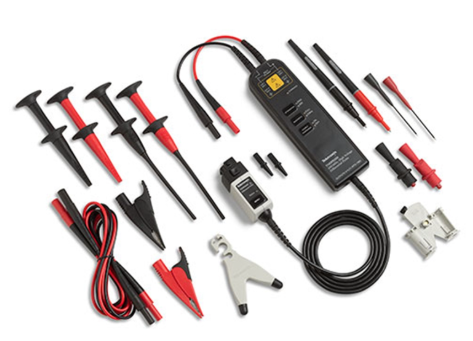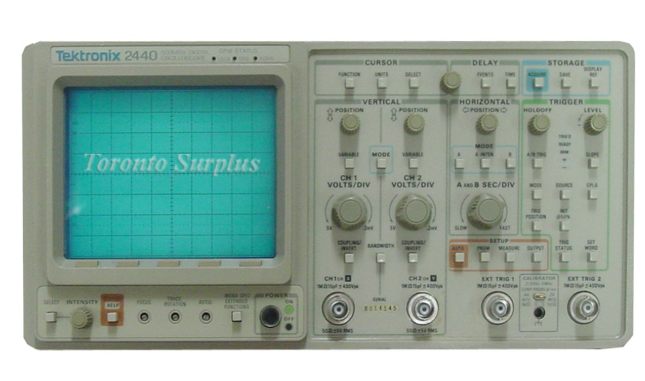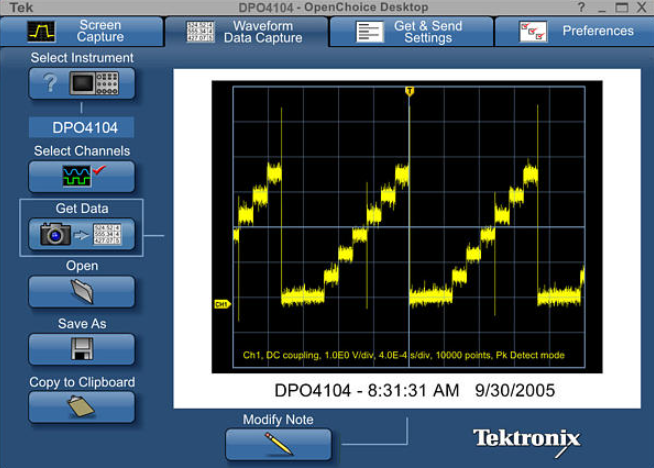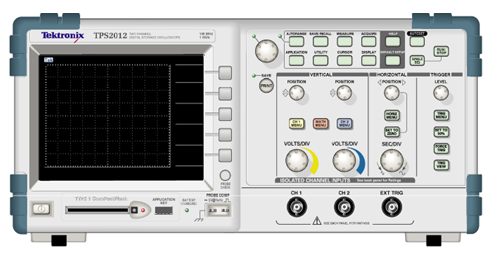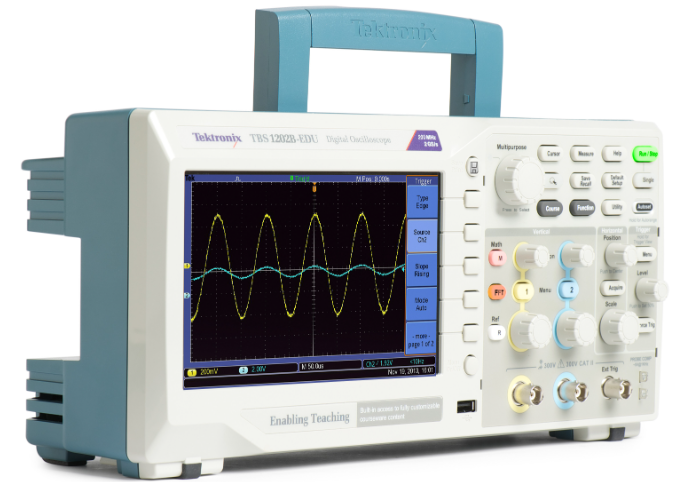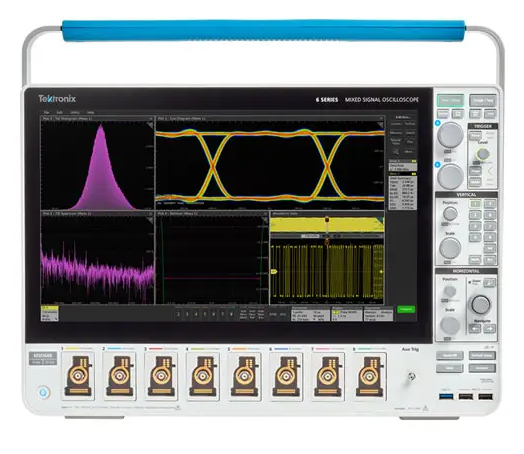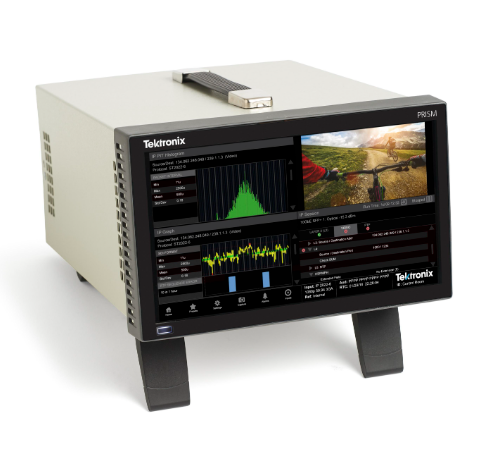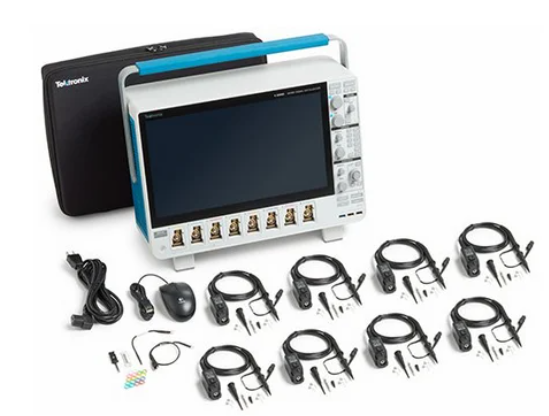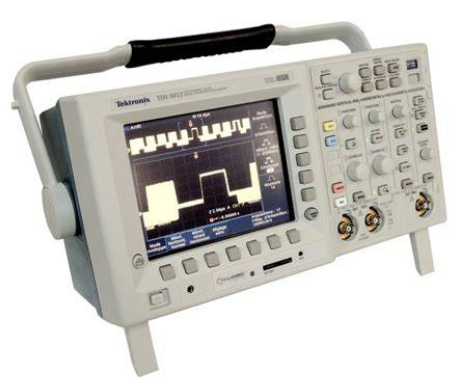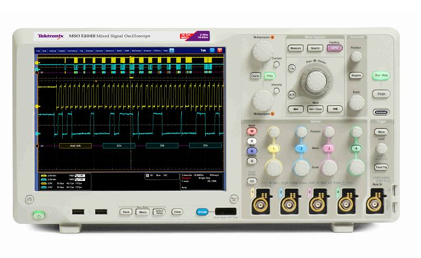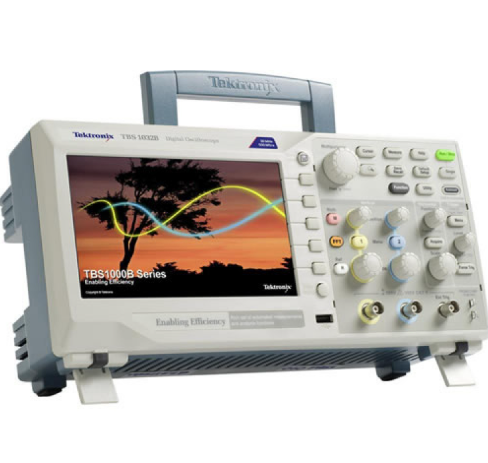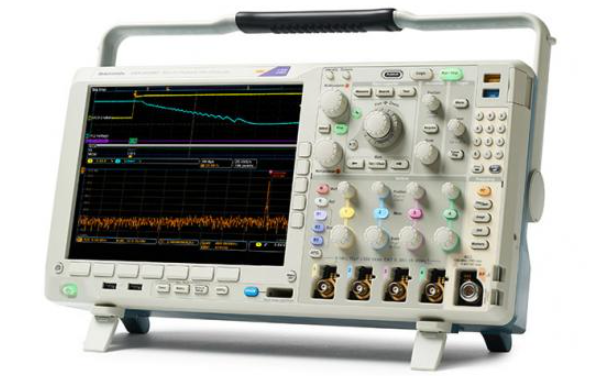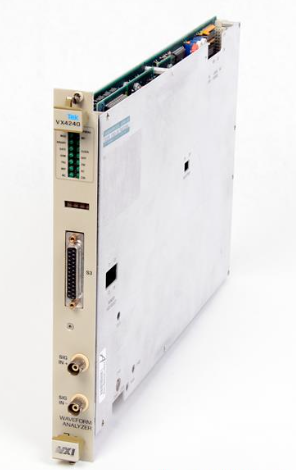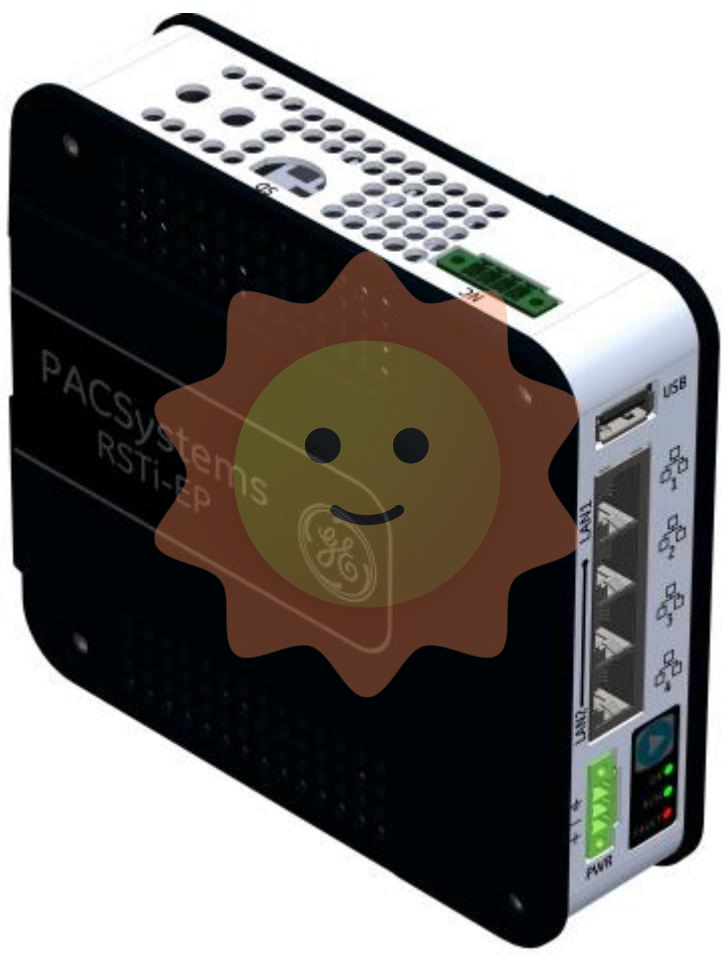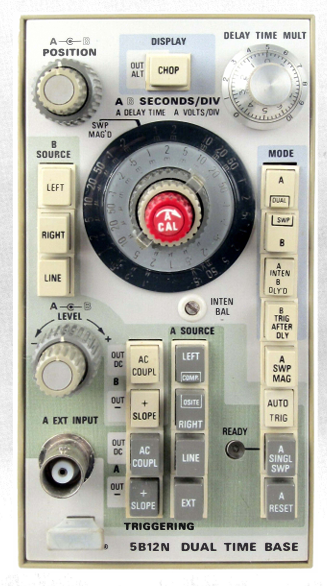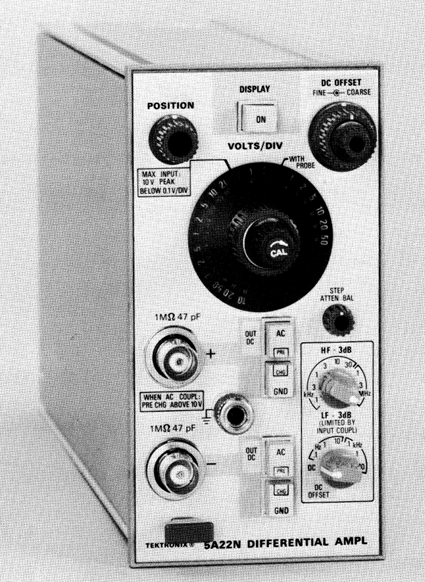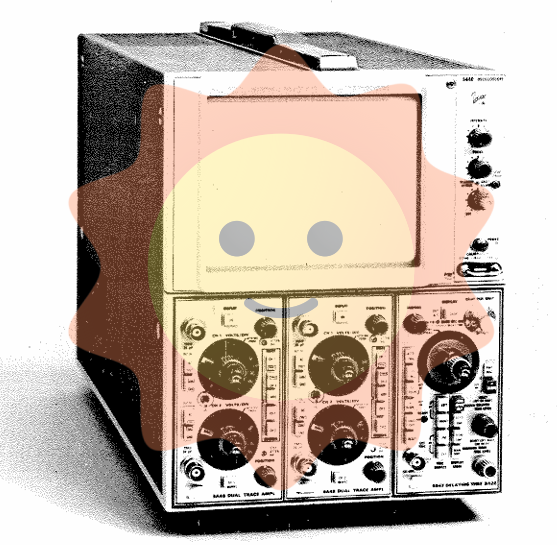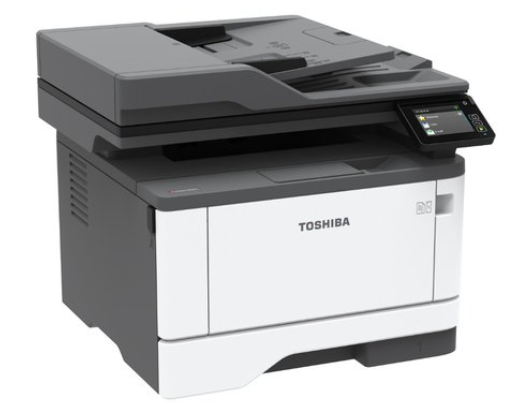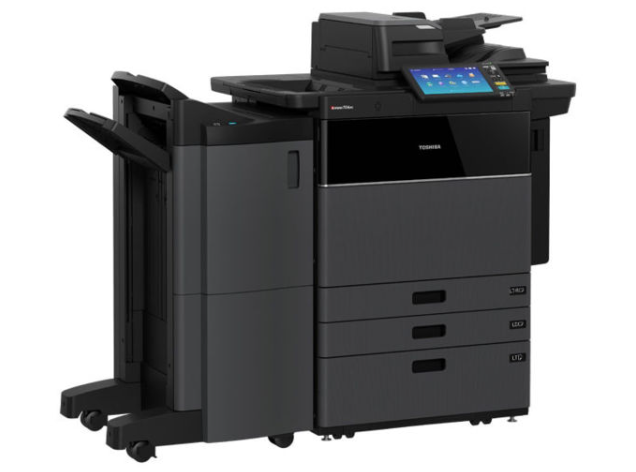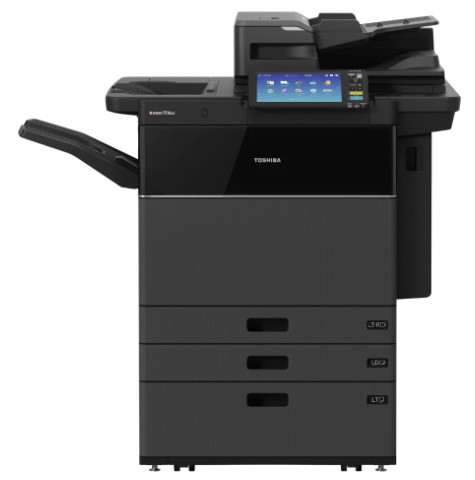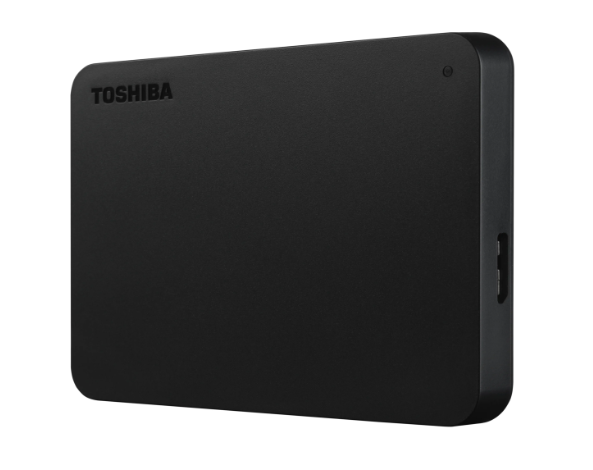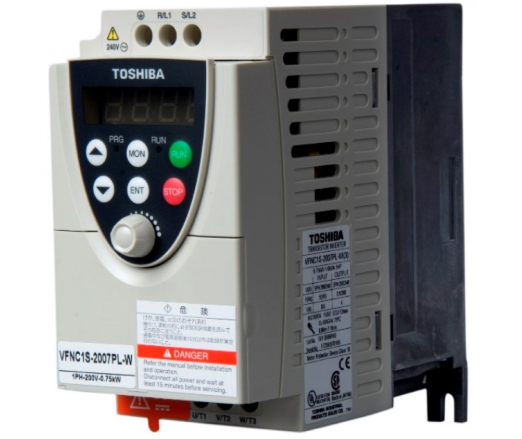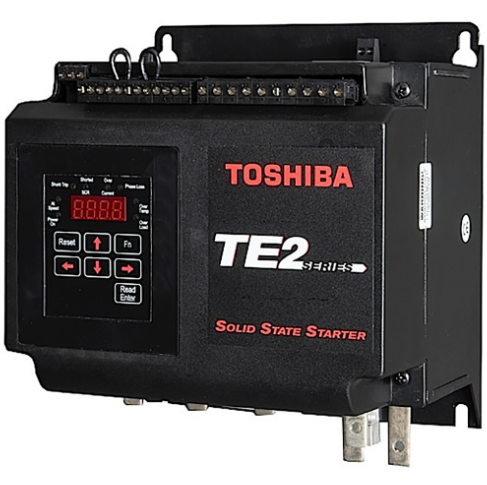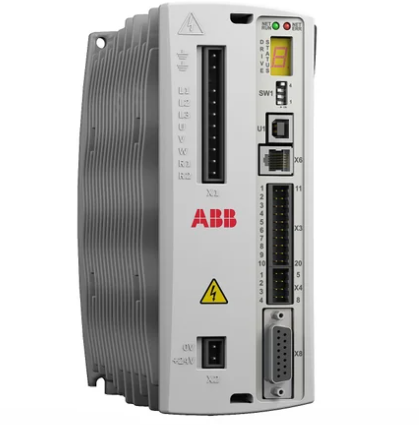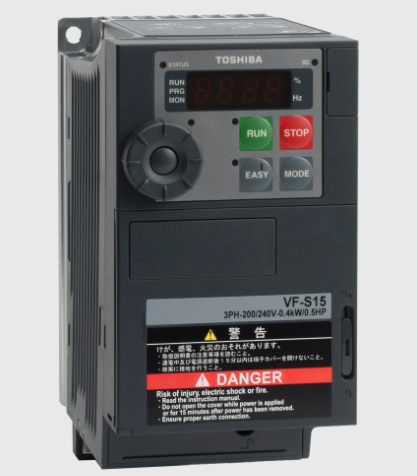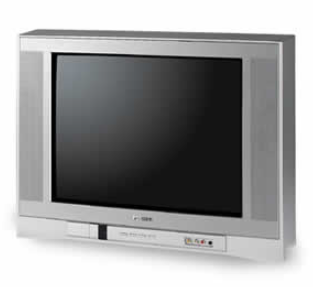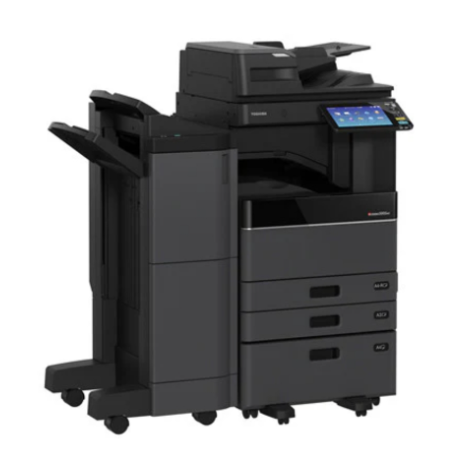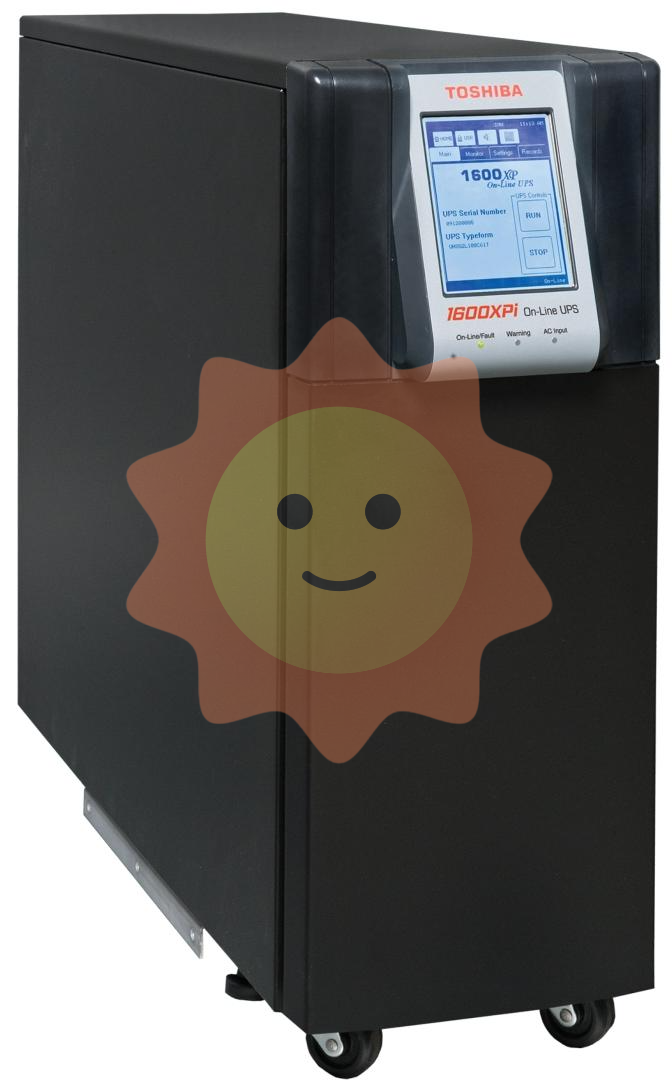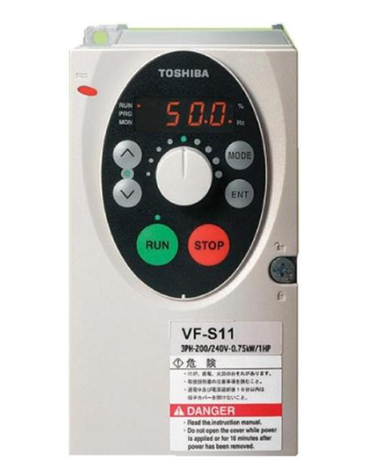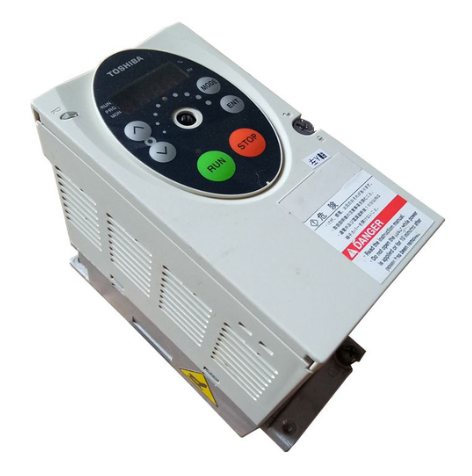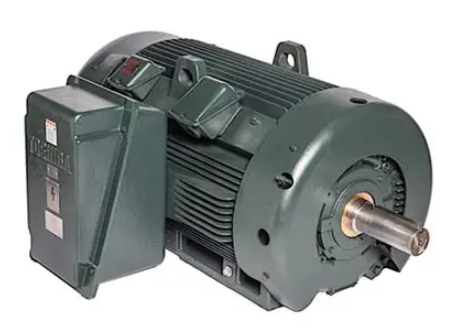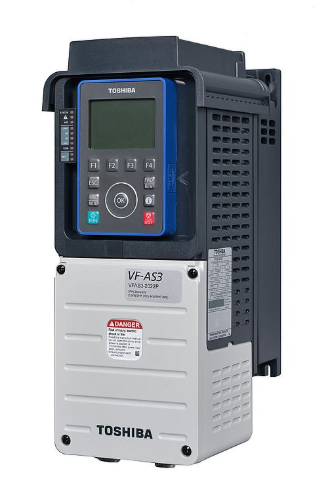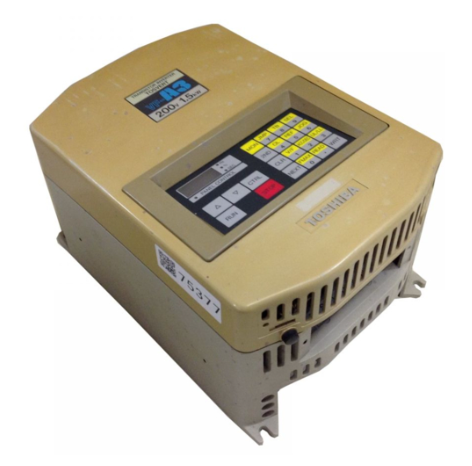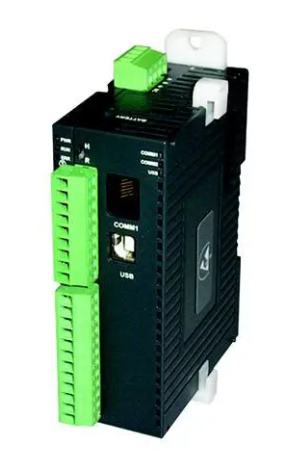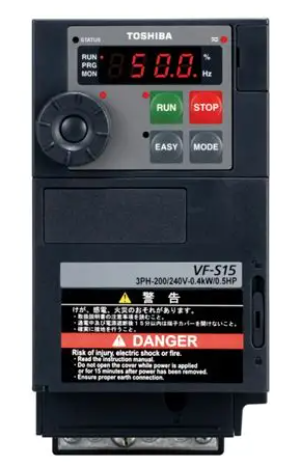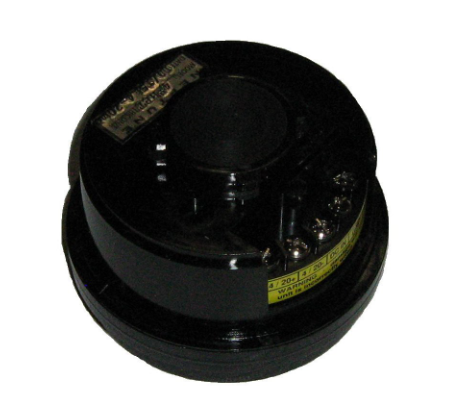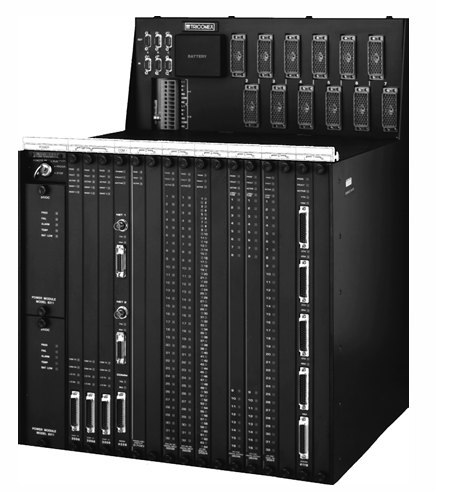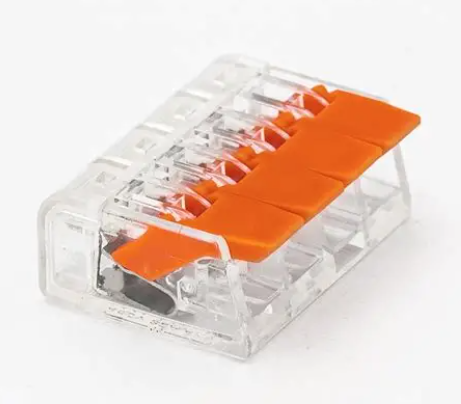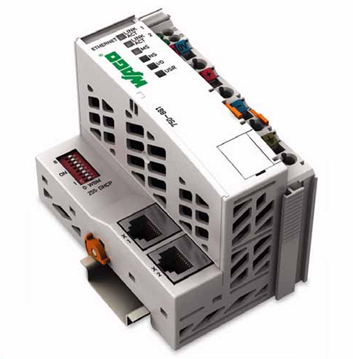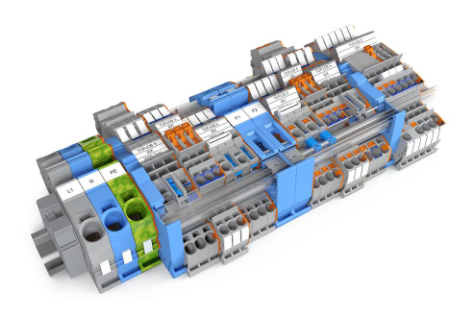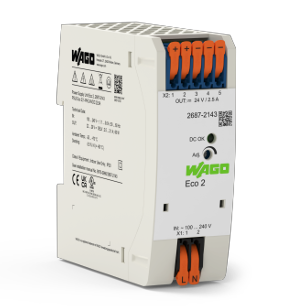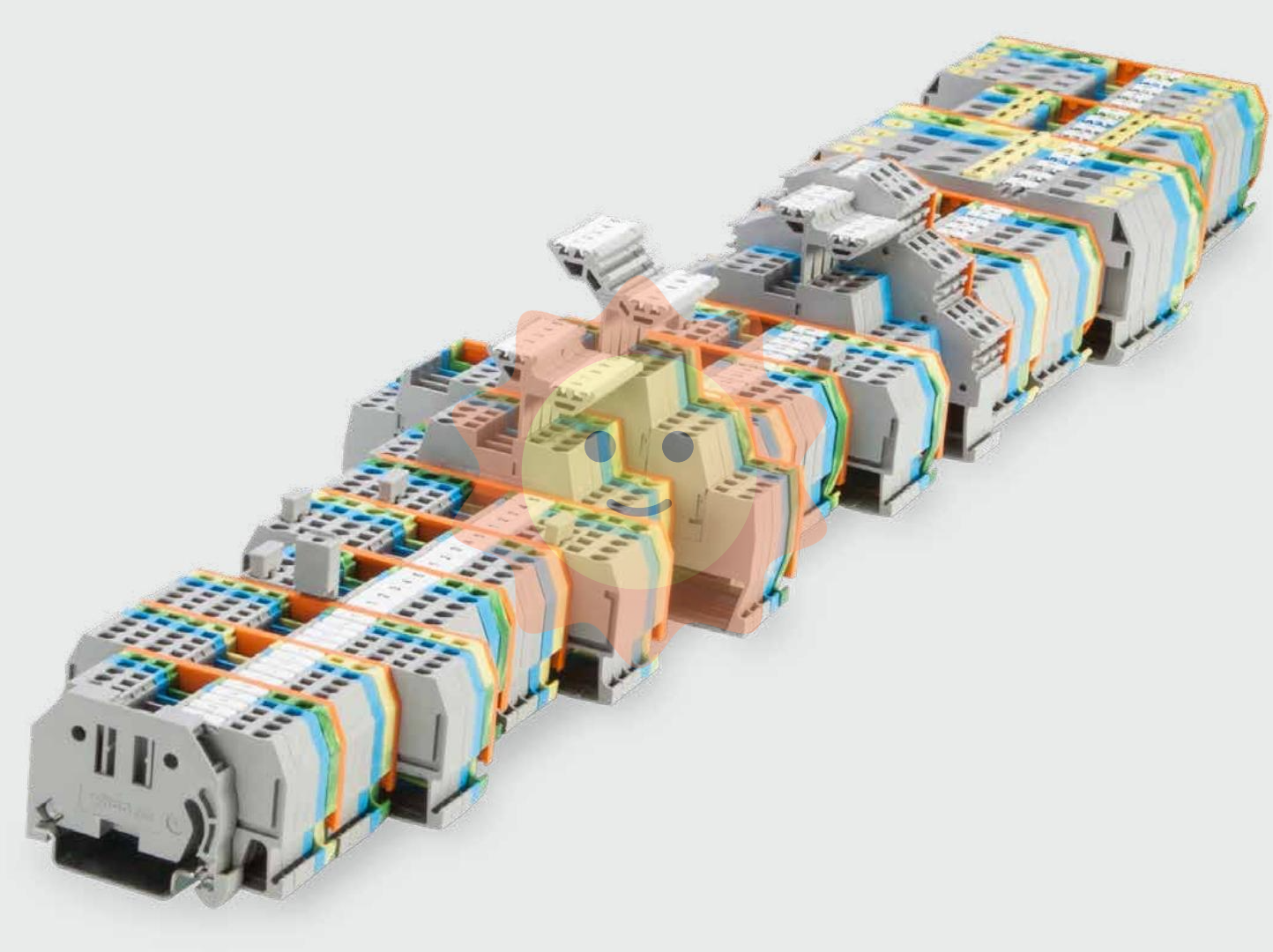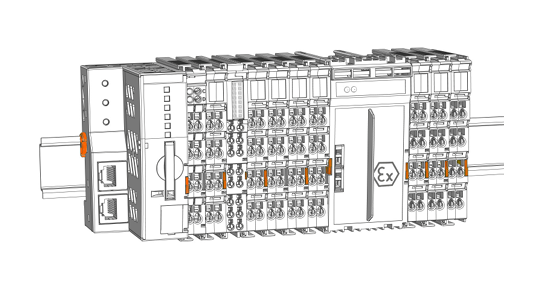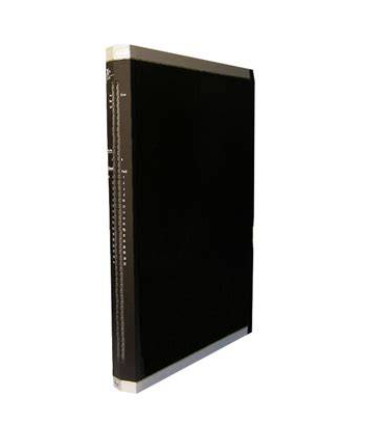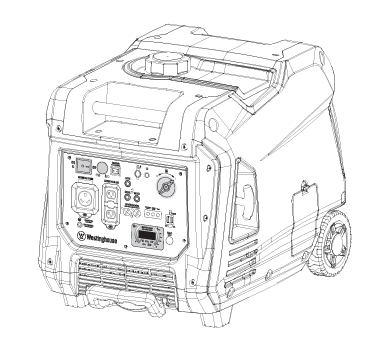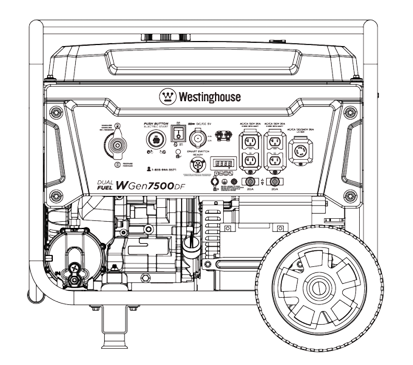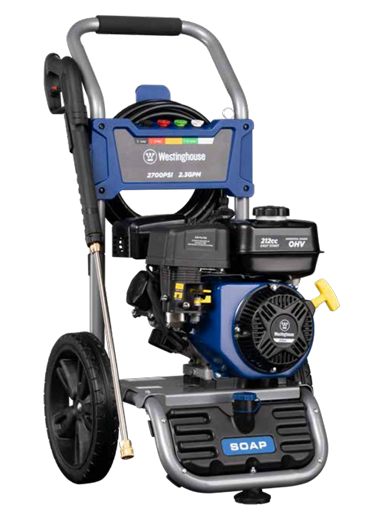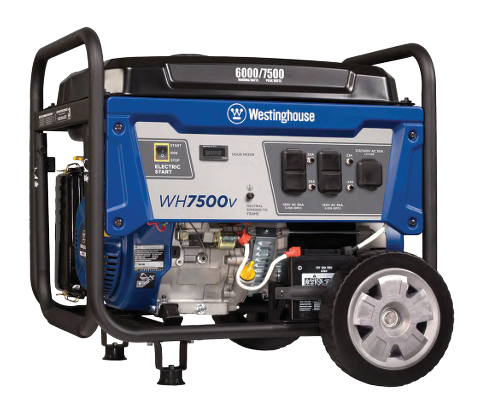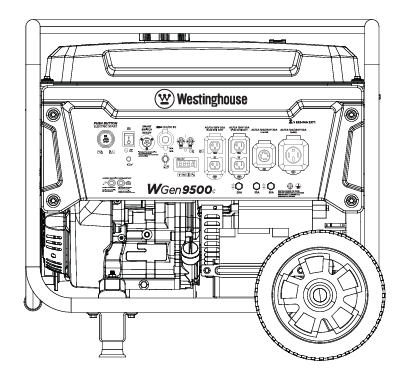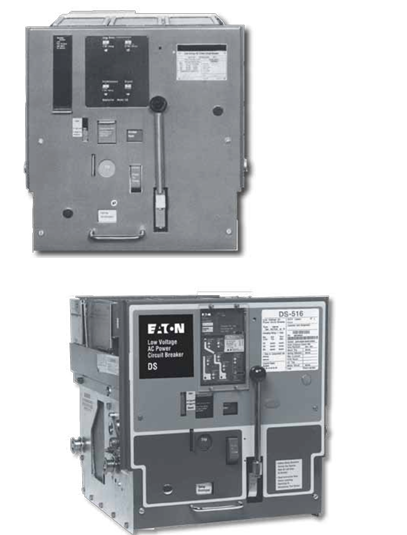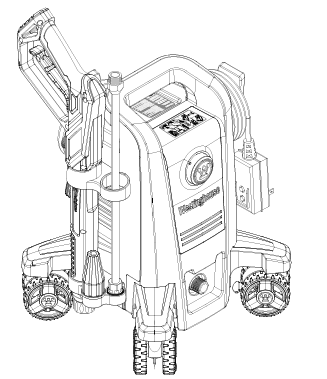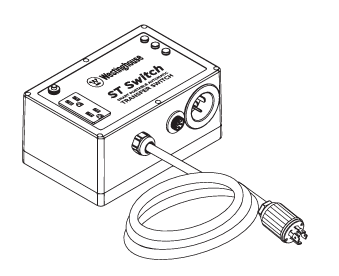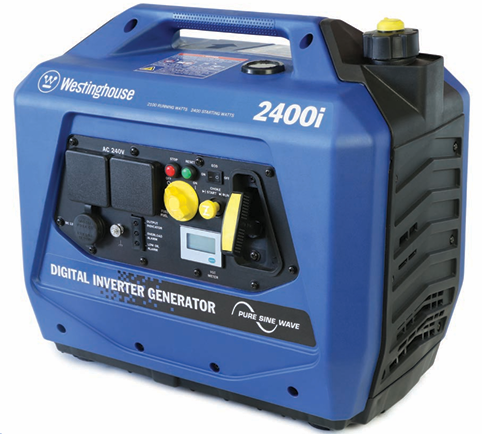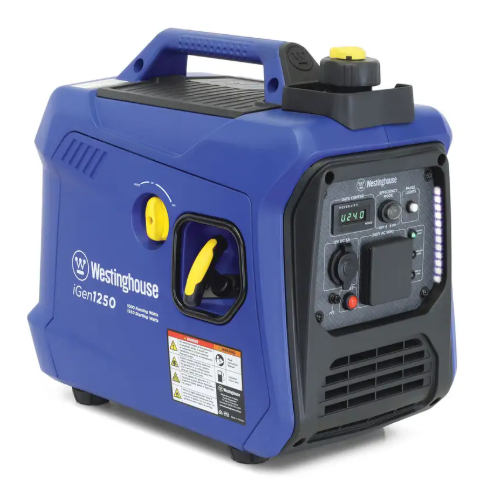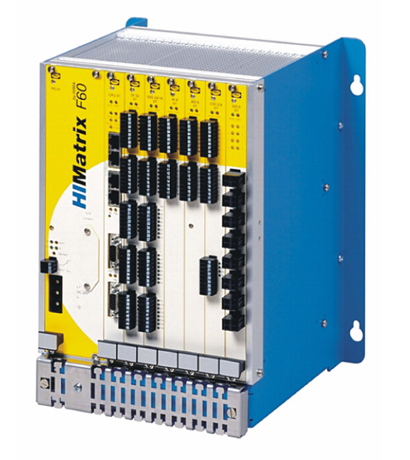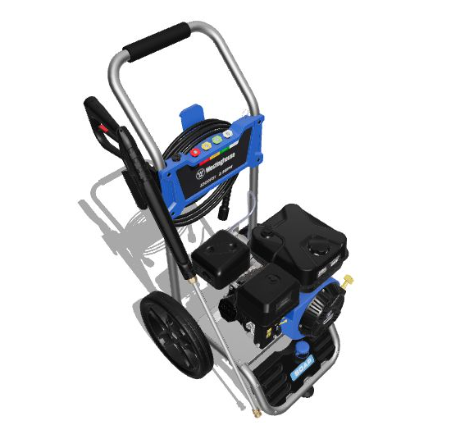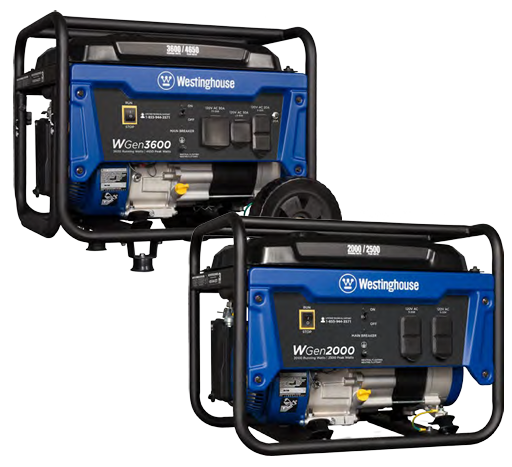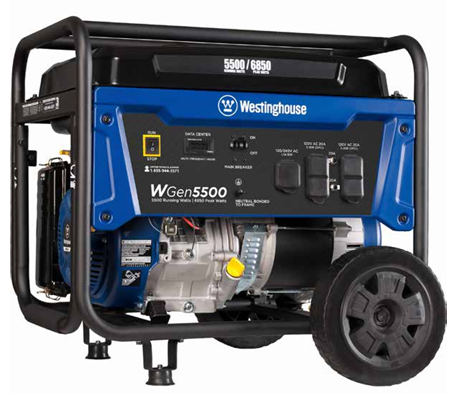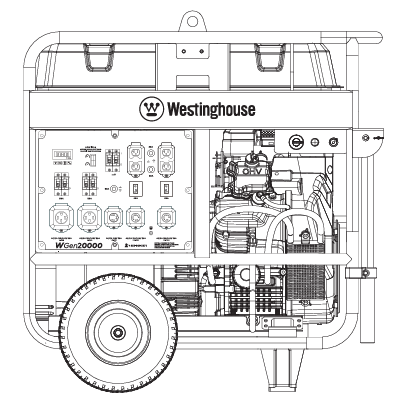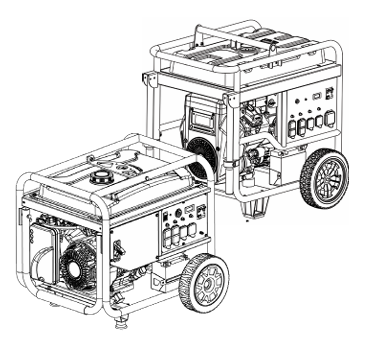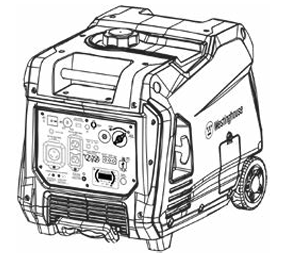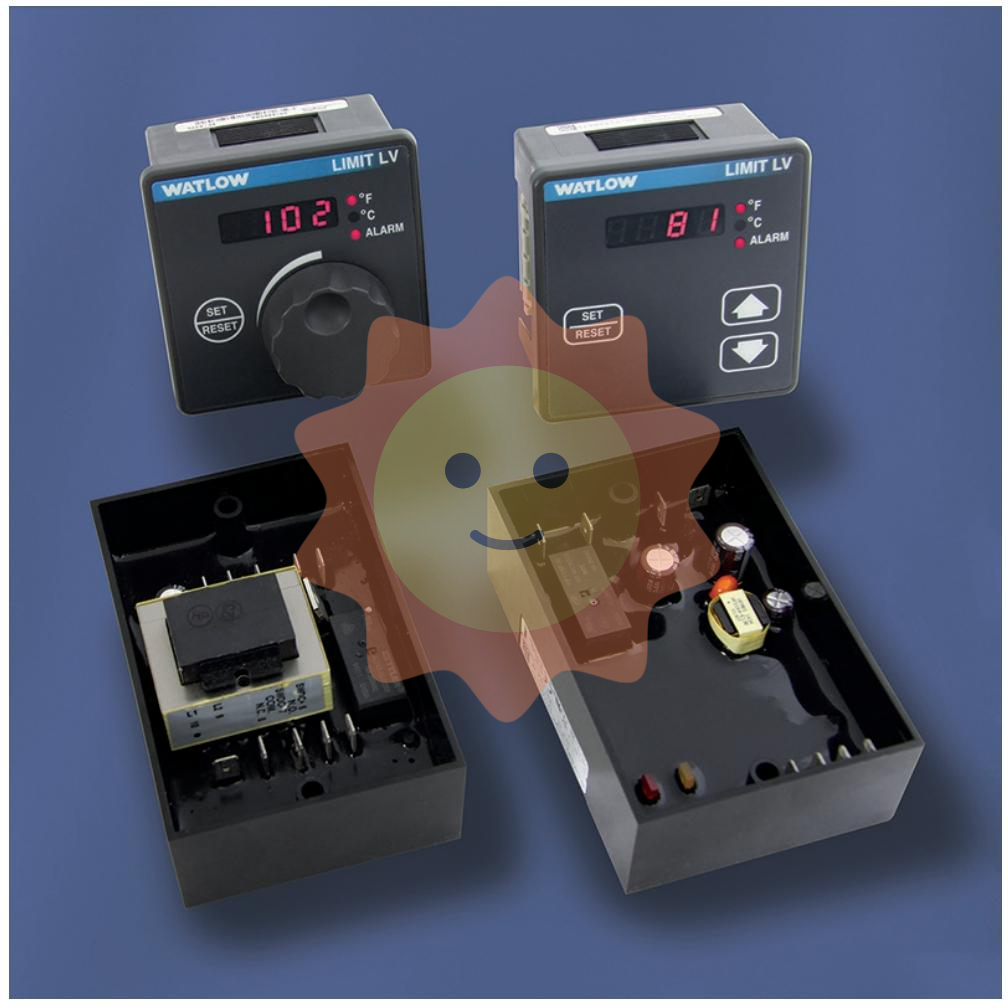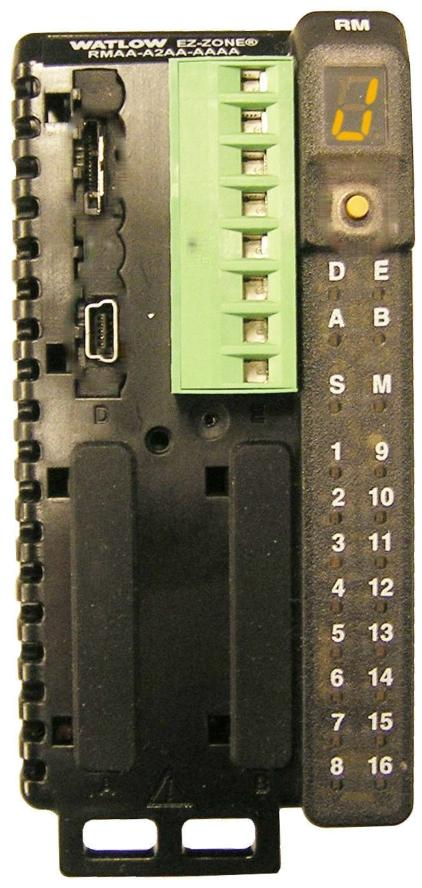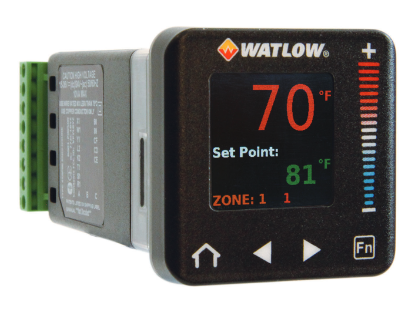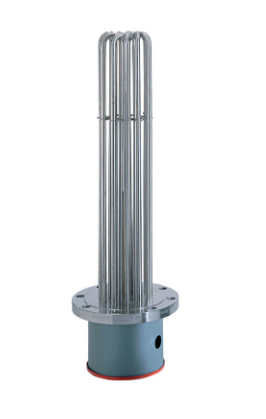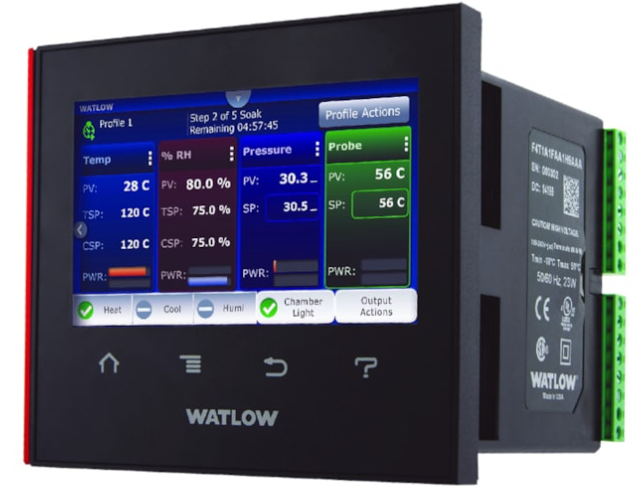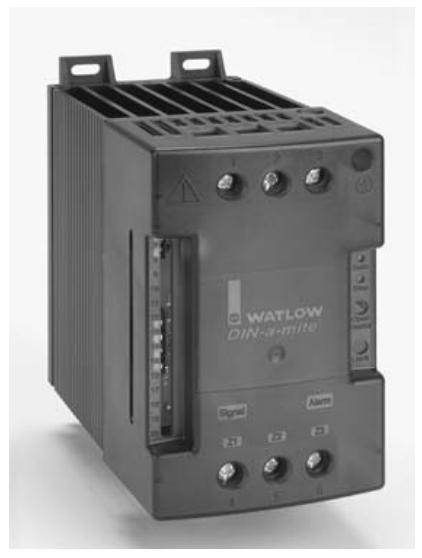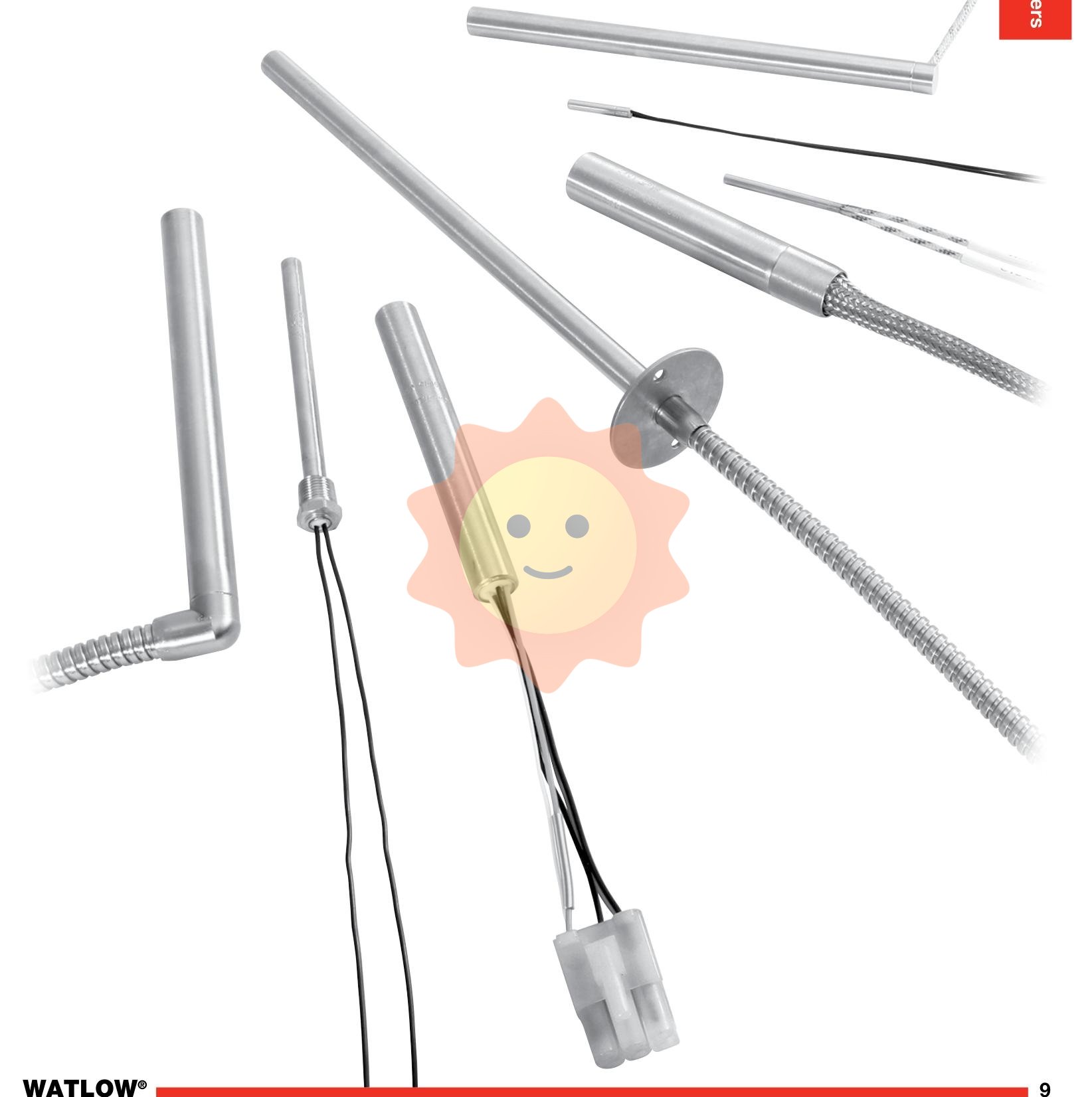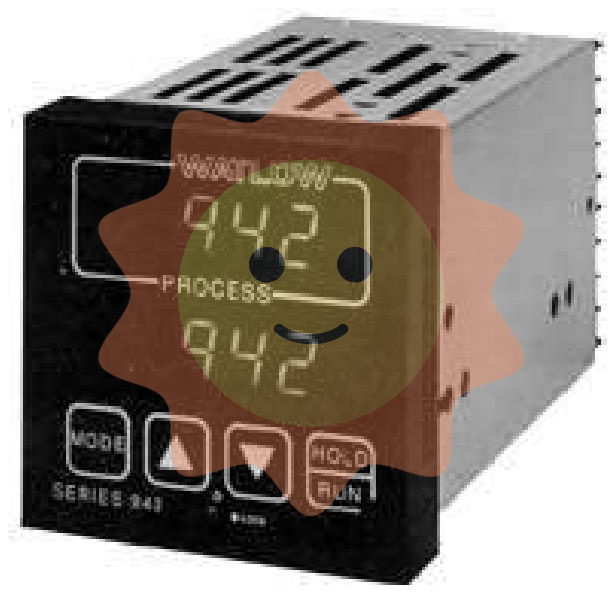ABB Electrical 1SBN010040R1240 Auxiliary Contactor Block
Basic Introduction
ABB Electrical 1SBN010040R1240 Auxiliary Contactor Block is an auxiliary contactor block manufactured by ABB. It plays the role of auxiliary control and signal processing in the electrical control system, and is usually used in conjunction with the main contactor or other control equipment.
Functional features
Auxiliary control functions
Used to extend the control functions of the main contactor. For example, in a complex motor control circuit, the main contactor is used to control the main power supply of the motor, while the auxiliary contactor module can provide additional control contacts for controlling the power supply of the motor's auxiliary equipment (e.g., cooling fan, lubrication system, etc.), or for realising complex control modes such as the star-delta start of the motor.
Signal feedback and interlocks
A variety of status signals can be provided, such as the contactor's suction status, release status, etc. These signals can be used for interlocking control. These signals can be used for interlock control to ensure the safety and reliability of the system. For example, in an automated production line, when the main contactor fails to latch properly, the auxiliary contactor module can feed back the fault signal to the control system, and at the same time prevent other related equipment from operating incorrectly through the interlocking logic.
Multi-Contact Configuration
Multiple auxiliary contacts are usually provided, including normally open (NO) and normally closed (NC) contacts. These contacts can be flexibly configured to control different circuits or signals according to actual control requirements. For example, a normally open contact can be used to activate an alarm device to sound an alarm when there is an abnormality in the contactor, and a normally closed contact can be used to cut off the control circuit of other equipment to achieve a safety interlock.
Works with the main contactor
Designed to work well with ABB's main contactors (e.g. specific series of contactors) to ensure compatibility in terms of electrical and mechanical properties. During installation and use, it is closely integrated with the main contactor, sharing some of the mechanical structure and electrical connections, making the whole control unit more compact and efficient.
Technical Parameters
Electrical parameters
Rated voltage: including control coil voltage, contact voltage, etc. The control coil voltage is generally a specific direct current (DC) or alternating current (AC) voltage, such as 12V DC, 24V DC, 110V AC, 220V AC, etc. The contact rated voltage covers common AC and DC voltage levels to meet different load control requirements.
Rated current: Control coil current and contact current are important parameters. The contact current rating determines the size of the load it can control, for example, the contact current rating may range from a few amperes to tens of amperes, depending on the product design, which determines the range of equipment power it can drive.
Insulation performance: It has good insulation resistance and voltage resistance, and complies with the relevant electrical standards. Insulation resistance is used to measure the insulating effect of its internal insulating materials, and voltage resistance ensures that breakdowns and other failures do not occur in high-voltage environments, guaranteeing the safety of the equipment.
Mechanical parameters
Dimensions and mounting: There are specific external dimensions, usually designed for easy installation with the main contactor, such as card mounting, screw mounting and other ways. The mounting method ensures that the connection between the auxiliary contactor module and the main contactor is firm and reliable during use, and that the mechanical actions are coordinated.
Mechanical and electrical life: Mechanical life is the number of operations that can be withstood under normal mechanical operating conditions, while electrical life is the number of times that the contactor can operate normally under specified electrical loading conditions. These two parameters reflect the durability of the auxiliary contactor module, which generally has a mechanical and electrical life of tens of thousands of cycles or more.
Areas of application
Industrial automation
Widely used in a variety of industrial automation equipment, such as automated production lines, machine tools, injection moulding machines and so on. In the automated production line, it is used to control the motor and its ancillary equipment to work together, to achieve the sequential start, stop and fault protection of the equipment and other functions; in the machine tool control, the auxiliary contactor module can be used with the main contactor to control the operation of the tool holder motor, cooling pump motor and other equipment.
Building Electrical System
It has important applications in the lift control system and HVAC (heating, ventilation and air conditioning) system of buildings. In the lift control system, it is used to control the lighting, ventilation and other ancillary equipment in the lift car, and at the same time provide signal feedback for lift safety monitoring; in the HVAC system, the auxiliary contactor module can control the operation of the auxiliary equipment of the air conditioning unit (e.g., condensate pumps, fans, etc.), and realise the system's interlocking control.
Power system automation
In power facilities such as substations and distribution rooms, it is used for signal processing and control logic. For example, it is used to control the conversion and transmission of auxiliary signals of circuit breakers, action signals of protection devices, etc. It is used to cooperate with the main contactor to achieve the safety control and condition monitoring of power equipment, and to guarantee the safe and stable operation of the power system.

- User name Member Level Quantity Specification Purchase Date
- Satisfaction :
-









Email:wang@kongjiangauto.com

